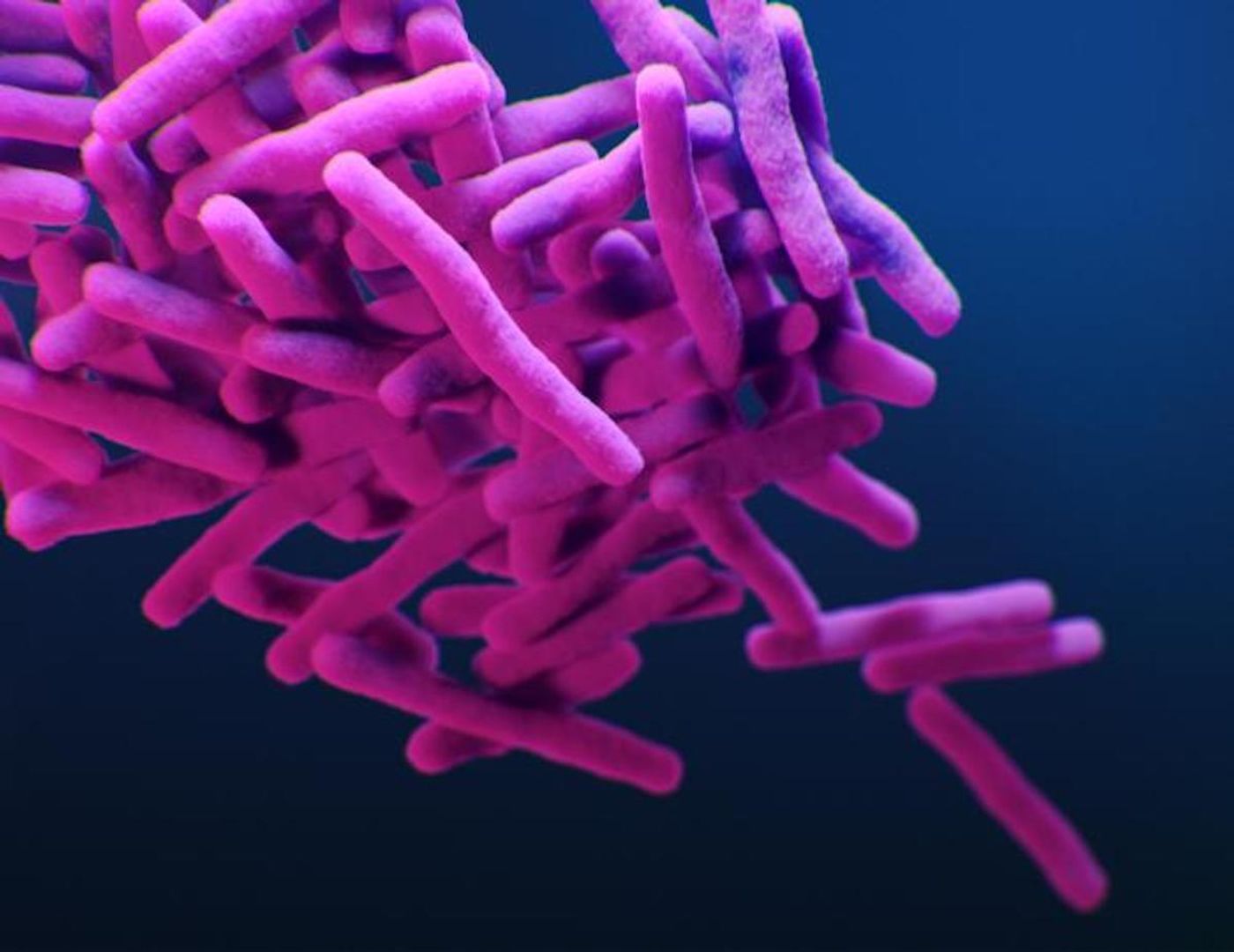Small Genetic Differences in TB Lead to Very Different Illnesses
Tuberculosis is caused by a bacterium, Mycobacterium tuberculosis, that is thought to have been around for about 150 million years. The first TB infection in a person may have been about 9,000 years ago, and the pathogen is still a major cause of death; it infects about 10 million and kills 1.5 million people around the world every year, according to the World Health Organization. TB can spread when an infected person speaks, coughs, or similarly expels air.
Many people are also infected by tuberculosis strains that don't cause them any health problems; it's estimated that a quarter of the global population is infected, and only about five to fifteen percent of them are ill. TB infections that do cause illness are typically treated with antibiotics.
Researchers have now discovered that two strains of M. tuberculosis, which only have small differences in their genomes, attack lung cells in totally different ways. One of those strains is considered 'high transmission' while the other is 'low transmission' because of how they spread. The findings have been reported in Nature Communications.
In this study, a mouse model was used to study how the strains infected hosts. In mice exposed to the high transmission strain, immune cells rapidly formed clumps called granulomas, which surround bacterial invaders and stop the disease from worsening. The granulomas break down and spill their contents over time. The researchers found that pathogenic bacteria may escape that spillage and if they're close to bronchioles, they can be expelled as infectious aerosols. Thus, the strain spreads faster.
In mice sickened with the low transmission strain, immune cells in the lungs called alveolar macrophages did not respond quickly, and only patches of inflammation were observed in the lungs. The pathogenic bacteria were not able to escape into the airways, but did generate a severe infection.
“We have long known that some individuals with TB are more infectious than others. However, until now, the mechanisms responsible for this variability in transmission between individuals with TB have not been well understood," said senior study author Padmini Salgame, associate director of the Public Health Research Institute at Rutgers New Jersey Medical School.
This research shows that strain differences in M. tuberculosis have a significant influence on several things including disease transmission, how lung alveolar macrophages respond, and how the infection manifests in the body, added Salgame.
The study can also explain why a treatment will work well in one patient, and not at all in another. It may provide insights that will enable scientists to develop better therapeutics.
Sources: Rutgers University Medical School, Nature Communications









